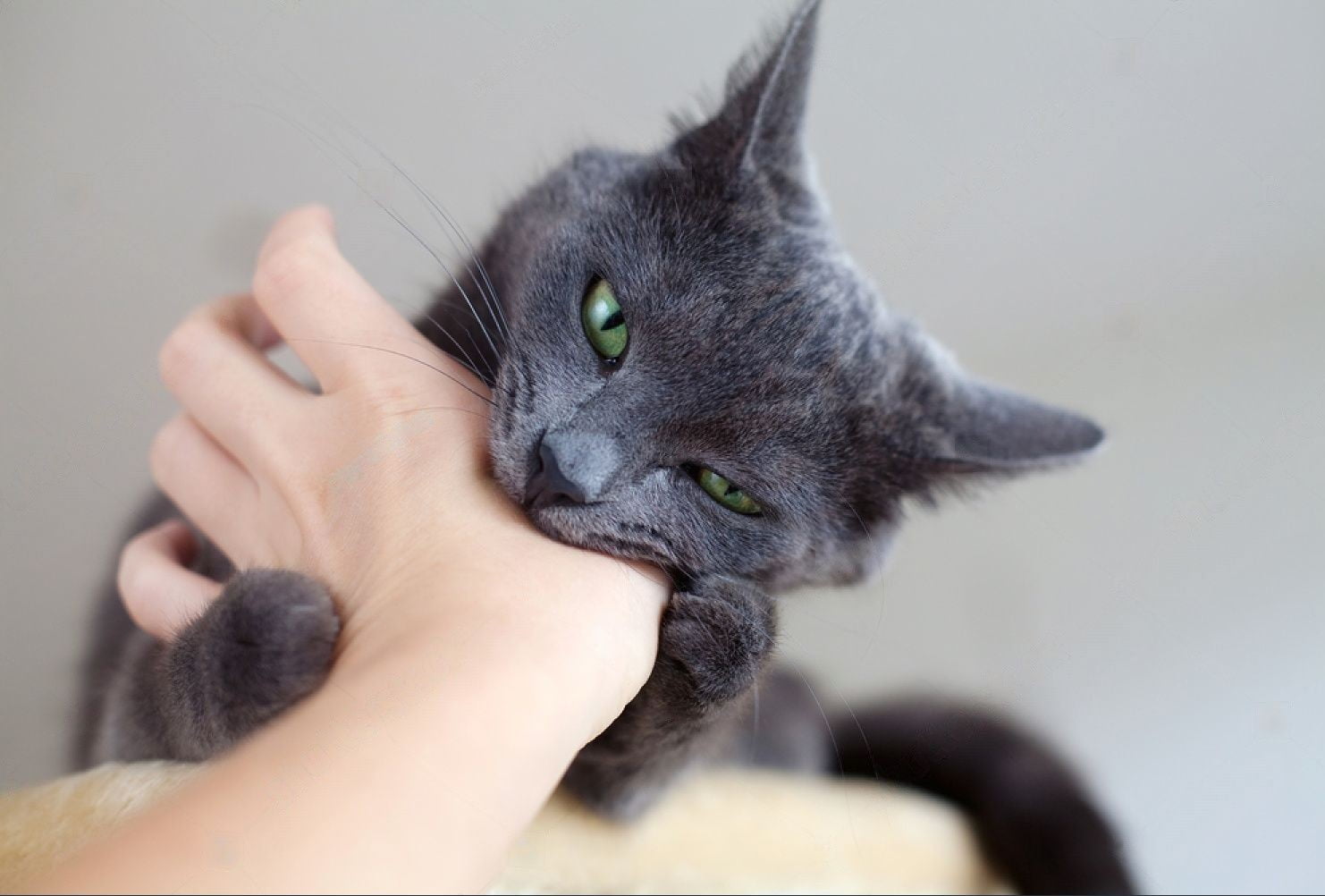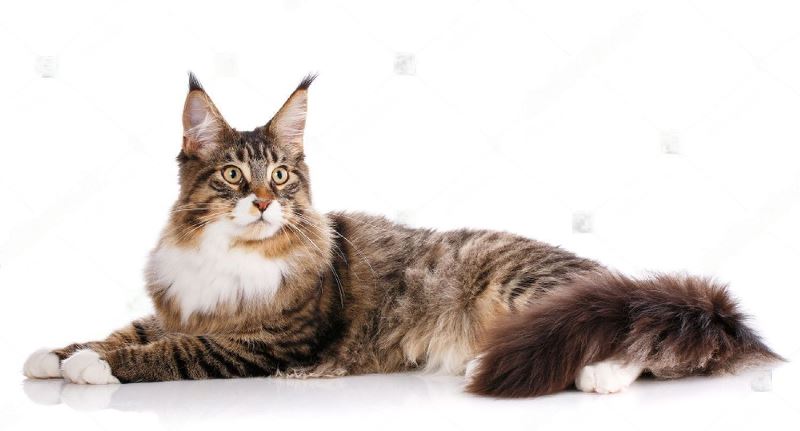Animal Care
What Did Cats Eat Before Cat Food? cat food list home made, where does cat food come from

What Did Cats Eat Before Cat Food? cat food list home made, why do cats eat cat food, where does cat food come from? can be access below:
Uspetcares report that If you’re a feline who has yet to discover wet food’s joys, you might wonder, “what did cats eat before cat food?” Cats have been living off the land for centuries before domestication and use as a pest animals. They might have hunted small animals, such as birds, mice, and insects, or they might have hunted larger prey, like rabbits and deer, which they would then kill by using their teeth, claws, and agility to bring them down.
Once the prey was killed, the cat would eat the meat, skin, and organs and leave the rest of the carcass for later.
Some people believe that cats eat grains and vegetables primarily in the wild, but this is not the case. Cats are obligate carnivores, meaning they need to eat meat to survive.
What Did Cats Eat Before Cat Food?
Cats mostly ate small prey, such as rodents, birds, and reptiles. Some cats may have also eaten other animals, such as rabbits, deer, and farm animals.
Some people believe cats were domesticated to keep rodents away from food stores, but there is no definitive evidence to support this theory.
One thing is for sure: cats have been eating meat for a long time. The earliest evidence of a domesticated cat is from 9,500 years ago in Cyprus. A wild cat was found buried with a human, and it is thought that the cat was being honored as a pest control agent.
It is believed that cats have been eating a diet of mostly small prey for at least 10,000 years. This would include things like birds, rodents, and lizards.

What Did Cats Eat Before They Were Domesticated?
The answer to this question is not simple, as cats have been known to eat various things throughout their history. Cats are known to be remarkably adaptable to their environment, and as a result, their diet can vary depending on where they live. Some experts believe that cats ate mostly small prey animals, such as rodents before they were domesticated.
However, there is evidence that cats have also been known to eat plants and fruits on occasion. For example, a study that was conducted in the 1970s found that cats living in a zoo in the United States tended to eat a variety of different fruits and vegetables, in addition to their regular diet of small prey animals. This suggests that cats are not strictly carnivores and that they are able to digest a variety of different types of food.
Some people also believe that cats may have eaten insects in the wild.
The Rise of Commercially-prepared Cat Foods
The domestication of cats is a long and complicated process that is still being studied by researchers today. It is believed that cats began to gradually associate themselves with humans approximately 10,000 years ago when they began to scavenge from human settlements and villages. At this time, cats likely ate a variety of things, including small prey, rodents, and carrion.
The commercial cat food industry as we know it began to take shape in the late 1800s when a number of companies started to produce canned cat food. However, it was not until the 1950s that cat food began to be marketed as a specific product for cats rather than just a way to feed them leftovers.
Today, there are a wide variety of commercially-prepared cat foods available, including dry foods, wet foods, and freeze-dried foods. In addition, there are a number of different brands and flavors to choose from.
Interestingly, the modern-day commercial cat food industry is a relatively recent development. Up until the late 1800s, cats largely subsisted on a diet of raw meat and organs. In fact, many cats today still enjoy eating raw meat.
However, with the rise of the commercial cat food industry, more and more cats began to be fed a diet of processed foods. This shift was largely driven by the pet food industry, which sought to create a product that was convenient, affordable, and that would meet all of a cat’s nutritional needs.
While there are a number of benefits to feeding cats a commercial diet, it’s important to note that all commercially-prepared cat foods are not created equal. It’s essential to do your research and choose a food that is high in quality and suited to your cat’s individual needs.
What did cats eat in the 1800s?
In the 1800s, cats mostly ate rodents and other small animals. Some people also fed their cats table scraps, although this was not recommended because it could lead to nutritional imbalances.
In the early 1900s, canned cat food was developed, and it quickly became popular because it was a convenient and affordable way to feed cats. Dry cat food was also introduced in the early 1900s, and it soon became the most popular type of cat food.
Why do cats eat cat food?
Cats are obligate carnivores, which means that they require animal protein to survive. They have sharp teeth and a short digestive system that is designed to digest meat. Cats also have a high level of enzymes in their saliva that helps them break down the meat.
Before cat food was invented, cats ate raw meat, rodents, and birds.
Cats evolved from small, wild cats that hunted and ate small prey. Cats ate mostly small rodents, birds, and reptiles.
Cat food was developed to meet the nutritional needs of cats. It is made with ingredients that are high in protein and fat, and it is fortified with vitamins and minerals. Cat food also contains a special blend of nutrients that help keep cats healthy.
Commercial Cat Food Types
There are many types of commercial cat food. The most common are:
- Dry food: Dry food was developed in the 1950s as a way to feed cats without having to give them water. The food is made up of mostly carbohydrates and proteins, with a small amount of fat.
- Wet food: Cats would eat meat that was fresh, or they would eat canned food that was specifically made for them. Wet food is still a popular choice for cats today.
- Semi-moist food: This food is a mix of wet and dry food and usually has a higher water content than dry food.
- Frozen food: This type of food is made up of raw meat or fish that has been frozen and is meant to be thawed before feeding to your cat.
- Canned food: This type of food is made up of cooked meat or fish that is in a liquid or semi-solid form.
- Freeze-dried food: This type of food is made by freezing food and then removing the water from it, which leaves behind a shelf-stable product.
- Raw food: This type of food is made up of uncooked meat, organs, and vegetables and is meant to be fed to your cat in its raw form.
How to Make Good Cat Food Choices
Making good cat food choices is important, as cats are obligate carnivores and need a diet that is high in protein and low in carbohydrates. Cats also need a high level of taurine, an amino acid that is not found in plant-based proteins.
Good cat food choices include wet foods that are made with high-quality proteins as the primary ingredient. Wet foods that are labeled as “all-natural” or “grain-free” are often good choices, as they are low in carbohydrates. The following are what to consider when making a choice for cat food:
- Type of protein: The primary ingredient in a portion of good cat food should be high-quality protein. Look for cat foods that list meat as the first ingredient, as opposed to grains or vegetables.
- Ingredients: Avoid cat foods that contain fillers or artificial additives. The ingredients should be listed in descending order by weight so that you can see exactly what is in the food.
- Price: Good cat food doesn’t have to be expensive, but it should be worth the price. Avoid cheap cat foods that are made with low-quality ingredients.
- Variety: Feed your cat various foods to ensure that they’re getting all the nutrients they need. Choose a portion of cat food that contains a variety of other proteins, fruits, and vegetables.
- Brand: Not all cat foods are created equal. Do your research and find a reputable brand that produces high-quality cat food.
- Ingredients: The ingredients in your cat’s food are essential. Look for a food that contains primarily high-quality proteins and healthy fats. Avoid foods that contain artificial additives, fillers, and by-products.
- Age: Make sure to choose a food appropriate for your cat’s age. Kittens need food that is high in protein and calories, while adult cats need food that is lower in calories and fat.
- Weight: If your cat is overweight, you’ll need to choose a food that is lower in calories and fat. If your cat is underweight, you’ll need to choose a food with higher calories and protein.
Conclusion on What Did Cats Eat Before Cat Food?
Cats have eaten various things throughout history, primarily small animals like rodents, birds, and lizards. Some people believe that cats used to eat mostly grains and vegetables, but there is no concrete evidence to support this claim. Today, cats mostly eat commercial cat food, but some also eat raw meat or prey items.















